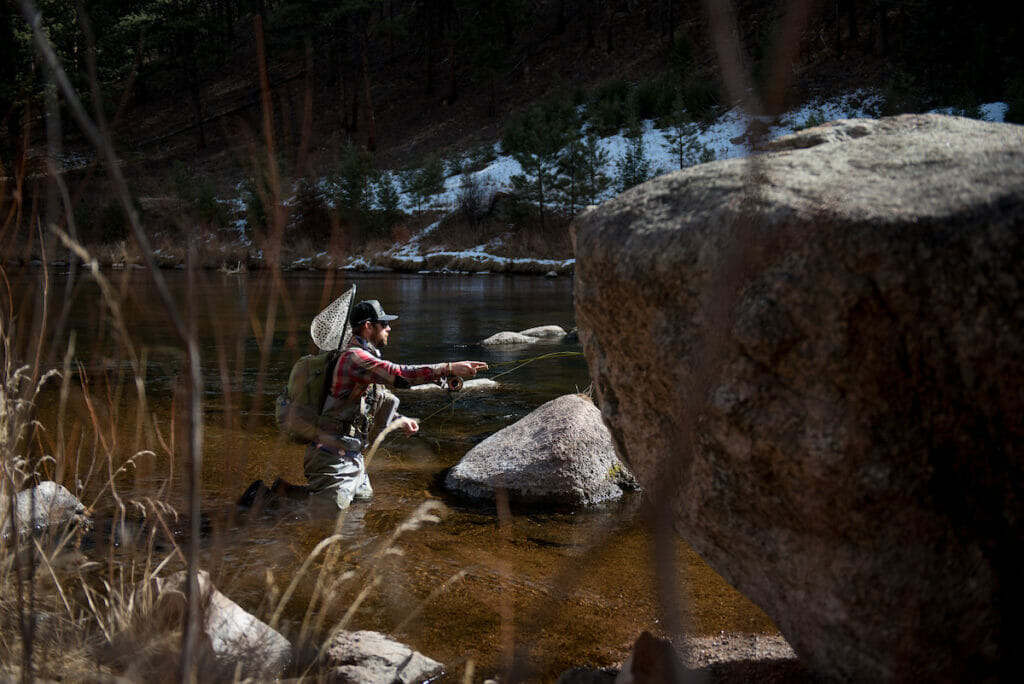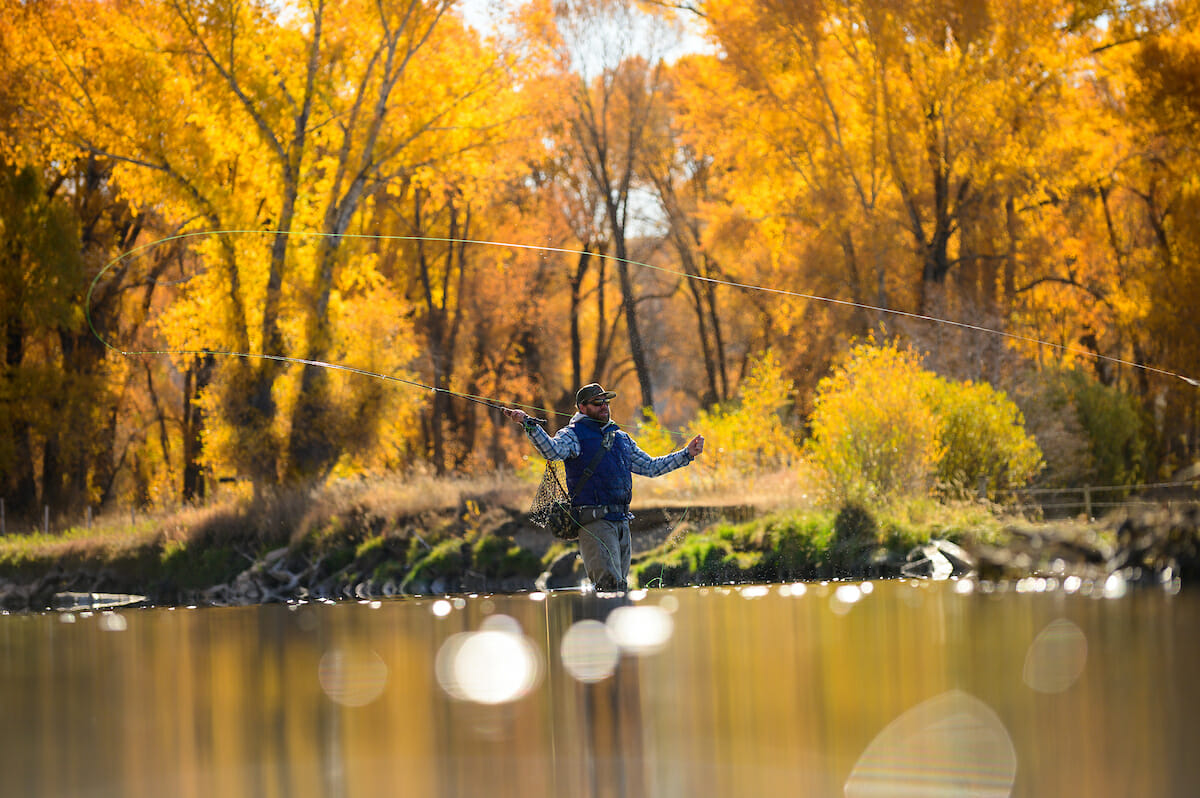It’s okay to look at your backcast.
Your backcast is the foundation for everything that happens, so if it isn’t looking good back there, it probably won’t fix itself when it unfolds in front of you. You just don’t want to turn and contort your whole body out of whack as you look at the backcast because that will throw your shoulder and elbow out of alignment and cause more trouble than that’s worth. So just keep your head on a swivel and take a peek over your shoulder now and then.

The bottom line is that so many casting problems can be diagnosed—and great habits reinforced—visually. Tight, even loops bust wind. Consistent loops track and land straighter and more accurately. Starting the cast with a low rod tip, whether you’re roll casting or overhead casting, is the best way to load the rod, period. You can see all these things and they’ll tell you what is going to happen, if you have a problem, and oftentimes, how to fix it. Use your eyes, the camera in your phone to take video, whatever, but watch your cast as a matter of habit, and that will up your form more than any other tip.
Now get to practicing as it will pay off in dividends when you get on the water.



